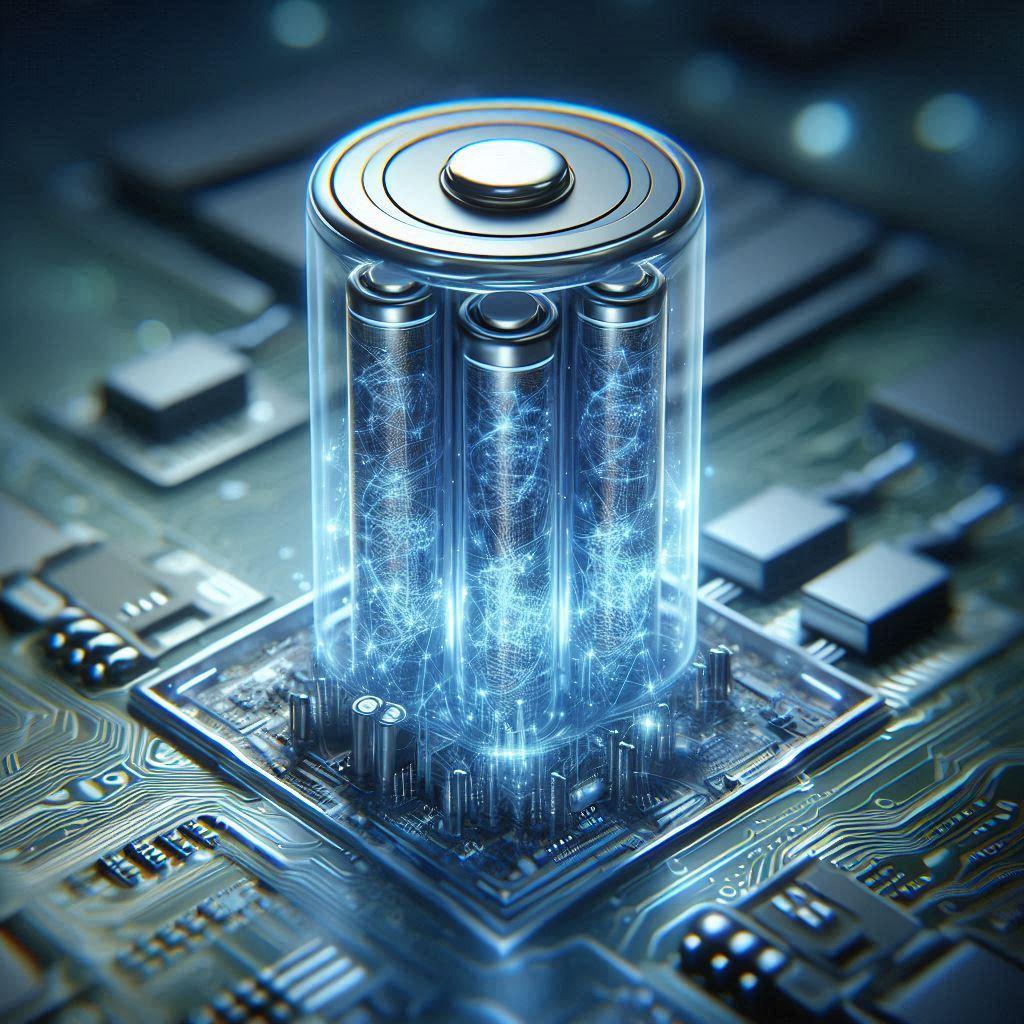Market Size and Growth:
The global Lithium-Ion Battery Market has experienced significant growth over the past decade and is expected to continue expanding rapidly. Factors driving this growth include the increasing adoption of electric vehicles (EVs), the growing demand for energy storage solutions, and the proliferation of portable electronic devices. Market size estimates vary but are generally in the tens of billions of dollars, with a compound annual growth rate (CAGR) in the double digits.
Market Growth Trajectory:
The Lithium-Ion Battery Markethas been witnessing exponential growth driven by the increasing demand for electric vehicles (EVs), energy storage systems (ESS), and portable electronic devices. The market has evolved significantly due to technological advancements, cost reductions, and supportive government policies promoting clean energy and sustainability.
Download PDF Brochure:
https://www.marketsandmarkets.com/pdfdownloadNew.asp?id=49714593

EV Adoption Driving Demand:
The rapid adoption of electric vehicles is a primary driver of the Lithium-Ion Battery Market. With a global push towards reducing carbon emissions and dependence on fossil fuels, governments are incentivizing EV adoption through subsidies, tax breaks, and stringent emission regulations. This has led to a surge in demand for lithium-ion batteries, which are crucial for powering EVs.
Energy Storage Systems (ESS):
Energy storage solutions are becoming increasingly important for integrating renewable energy sources like solar and wind into the grid. Lithium-ion batteries are favored for ESS due to their high energy density, long cycle life, and fast response times. The growing deployment of ESS for grid stabilization, peak shaving, and backup power further drives the demand for lithium-ion batteries.
Portable Electronics Market:
Lithium-ion batteries have been the preferred choice for powering portable electronic devices such as smartphones, laptops, tablets, and wearables due to their lightweight, high energy density, and rechargeable nature. The continuous innovation in consumer electronics and the emergence of new product categories like electric scooters and drones contribute to sustained demand for lithium-ion batteries in this segment.
Technological Advancements:
The Lithium-Ion Battery Industry is characterized by ongoing research and development efforts aimed at improving battery performance, safety, and cost-effectiveness. Innovations such as solid-state electrolytes, silicon anodes, and advanced cathode materials (e.g., NMC, NCA) are driving improvements in energy density, cycle life, and charging speeds.
Supply Chain Challenges:
The Lithium-Ion Battery Market faces challenges related to the supply chain, including raw material sourcing, production scalability, and recycling. Key raw materials such as lithium, cobalt, and nickel are subject to supply constraints, price fluctuations, and geopolitical risks. Ensuring a sustainable and ethical supply chain is becoming increasingly important for industry stakeholders.
Ask for Sample Report:
https://www.marketsandmarkets.com/requestsampleNew.asp?id=49714593
Market Competition and Consolidation:
The Lithium-Ion Battery Market is highly competitive, with numerous players ranging from battery manufacturers, cell suppliers, equipment suppliers, and integrators. Major players are continuously investing in R&D, capacity expansion, and strategic partnerships to gain a competitive edge. Consolidation and vertical integration are also prevalent trends as companies seek to strengthen their positions in the value chain.
Regulatory Landscape:
Regulatory frameworks and standards play a significant role in shaping the lithium-ion battery market. Safety regulations, recycling mandates, and environmental policies influence product design, manufacturing processes, and end-of-life management practices. Compliance with international standards such as UL, IEC, and ISO is essential for market access and consumer trust.
